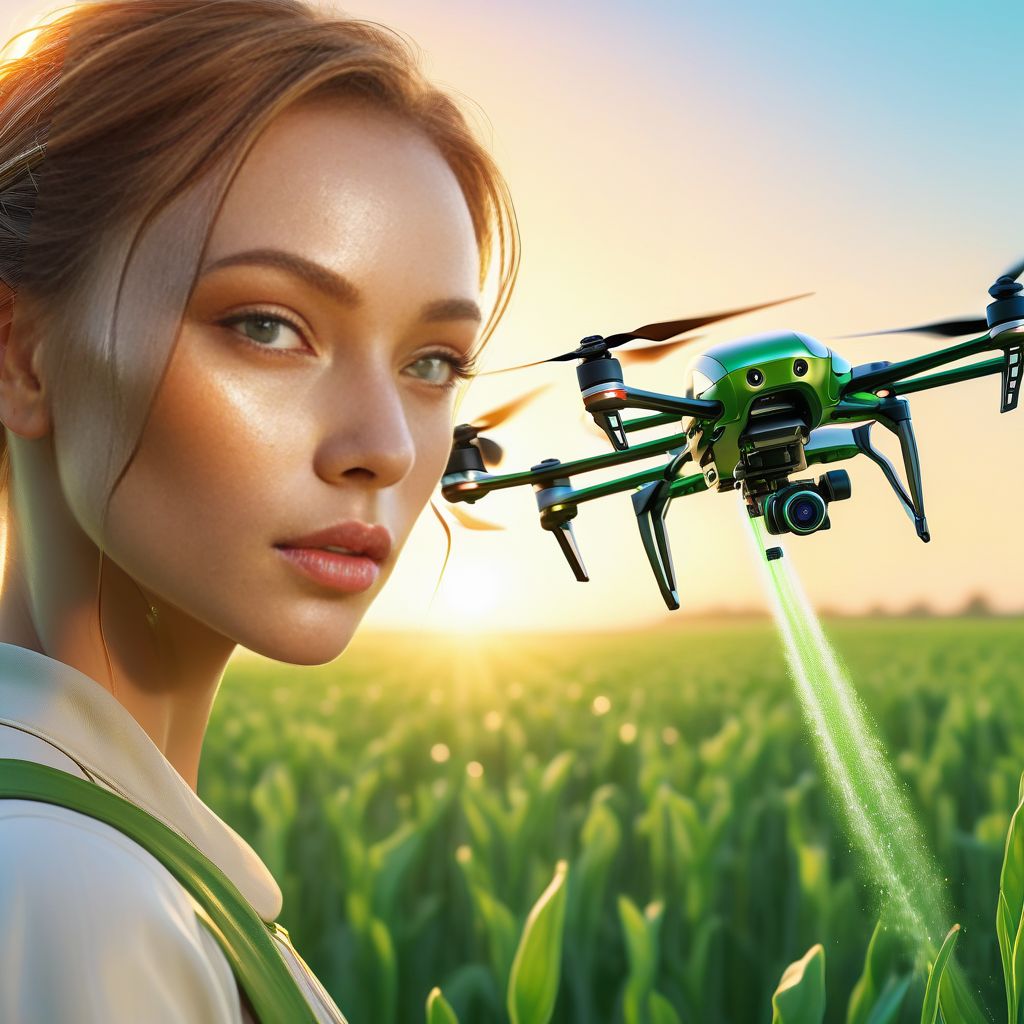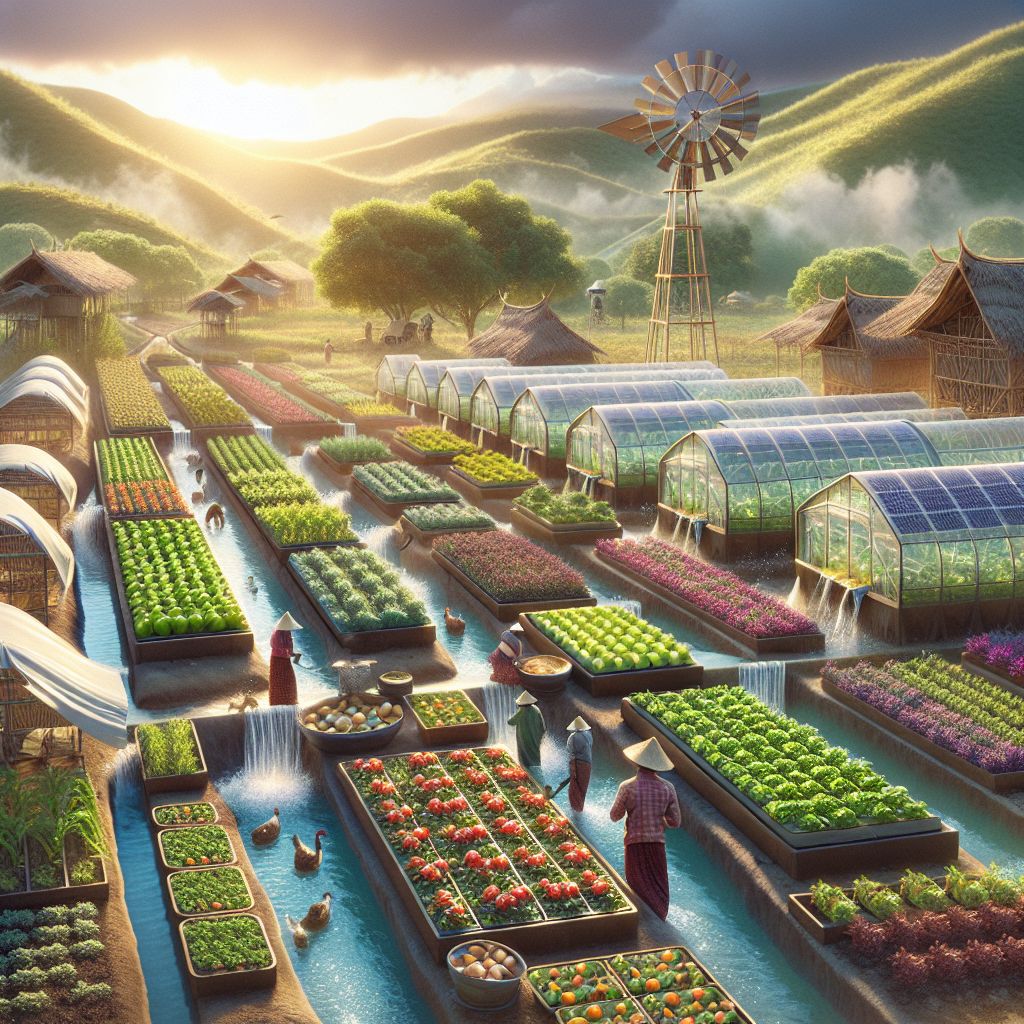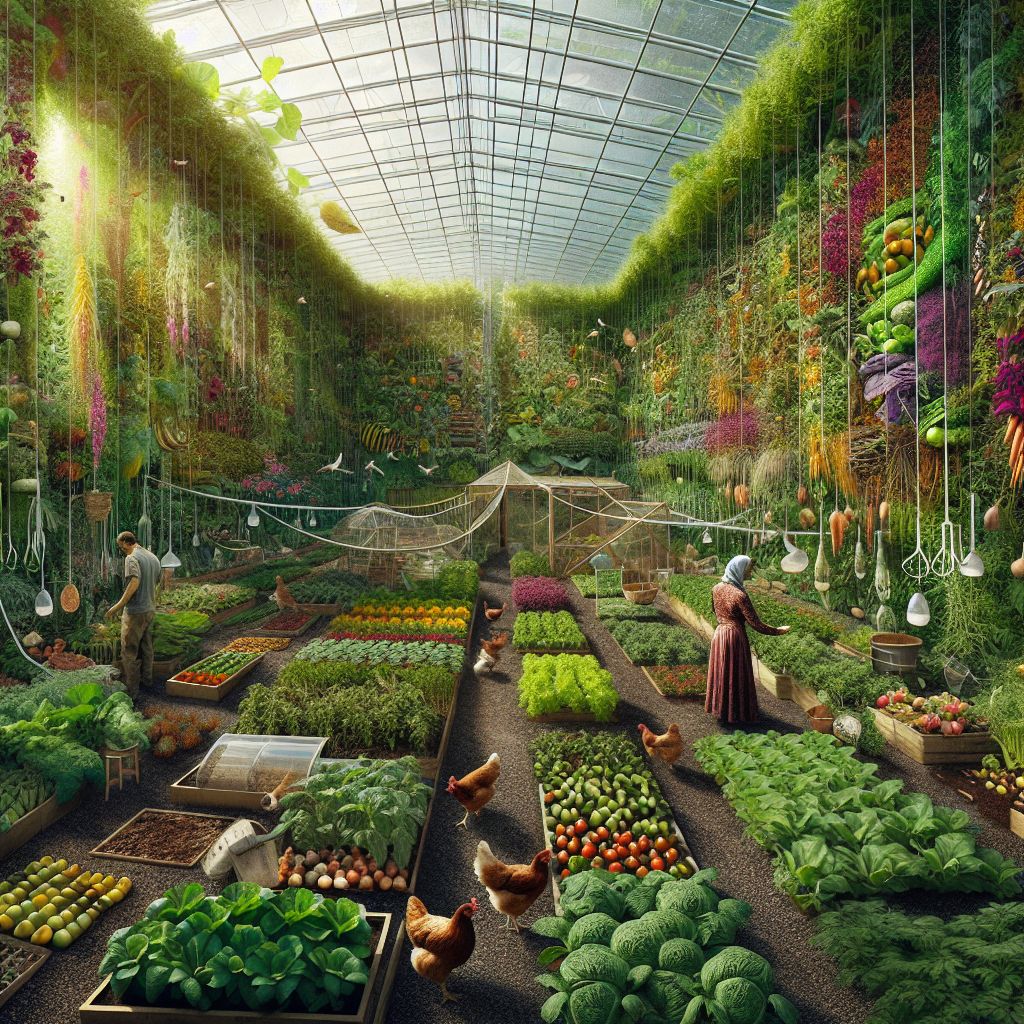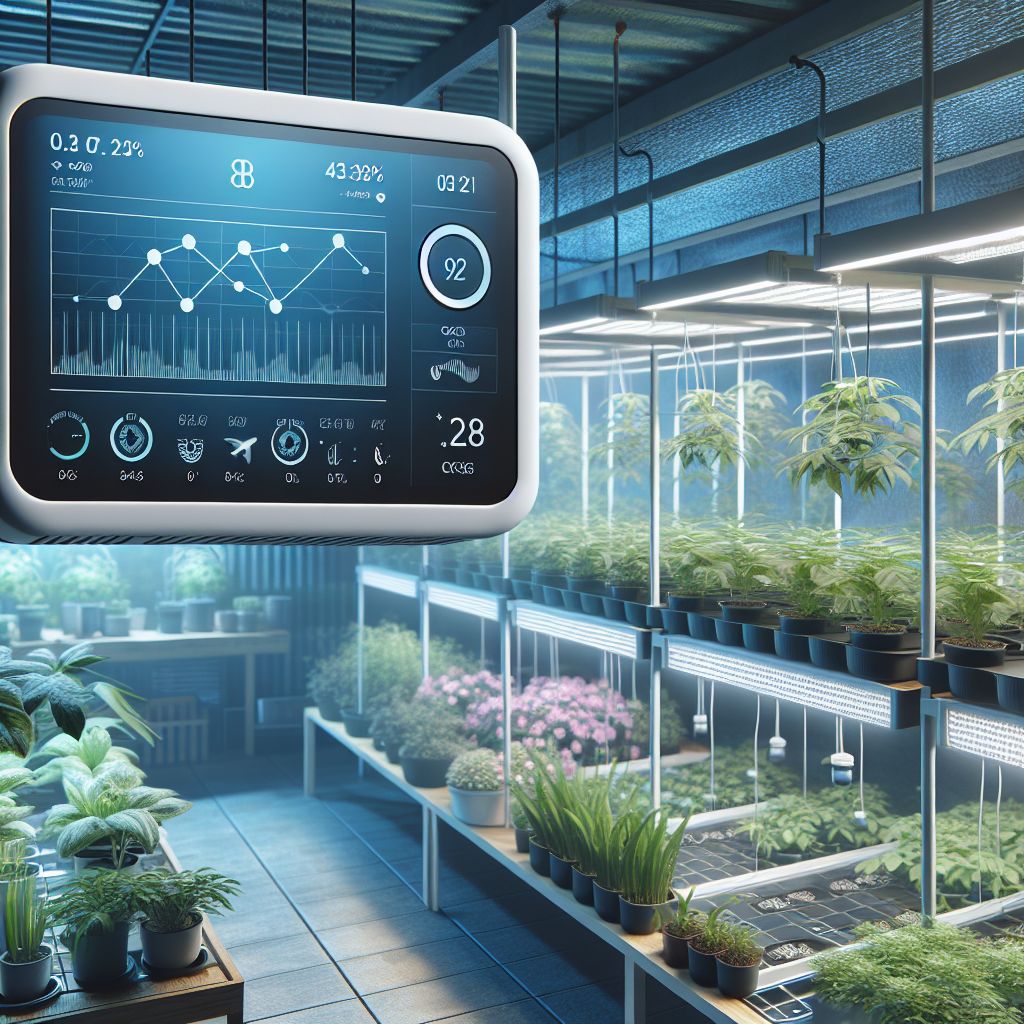Key Takeaways
- Identifying signal loss causes is crucial for optimizing greenhouse IoT communication.
- Physical structures and materials within greenhouses can disrupt signal strength.
- Expansive greenhouses face unique challenges due to their large size and scale.
- Multispan IoT solutions offer a breakthrough in reliable connectivity for large-scale greenhouses.
- Implementing multispan technology requires careful planning but results in transformative benefits.
An In-Depth Look at Multispan IoT Communication Solutions to Overcoming Signal Loss
Multispan IoT technology is the answer to the limitations of traditional greenhouse systems. It’s a leap forward, offering a more integrated and scalable approach to IoT communication. It’s not just about adding more access points, it’s about creating a cohesive network that works together seamlessly.
The Mechanics of Signal Distribution in Multispan Systems
So, how does it work? Multispan systems use multiple transmitters and receivers, strategically placed to create a mesh network. This network ensures that the signal can hop from one point to another, effectively bypassing obstacles and covering more ground. It’s like having a team of relay runners passing a baton, ensuring it makes it to the finish line without dropping.
Ensuring Consistent Connectivity Across All Greenhouse Sections
Consistent connectivity is the heart of multispan technology. By using a mesh network, signals can take multiple paths to reach their destination, greatly reducing the risk of interference or loss. It’s a robust solution that ensures your sensors and devices are always connected, always communicating.
Diagnosing the Issue: Understanding Signal Loss in Greenhouses
Signal loss in greenhouses can stump even the most seasoned horticulturists. It’s a puzzle that, once solved, can lead to a revolution in how we manage these environments. Picture this: you’ve set up your IoT devices, but the data is spotty or, worse, missing. That’s a sign that your signal is getting lost somewhere between your plants and your dashboard.
Physical and Environmental Factors Affecting Signal Strength
First, let’s talk about the walls. Yes, the very structures designed to create the perfect growing conditions can also be the culprits of signal degradation. Materials like metal, certain types of glass, and even the density of the plants can interfere with your wireless signals. Then there’s the weather. Extreme conditions, particularly high humidity, can dampen signal strength, making communication erratic.
The Role of Greenhouse Infrastructure in Signal Interference
Now, consider the layout. Racks, shelves, and the equipment itself can create a maze that signals struggle to navigate. It’s like trying to find your way through a dense forest, signals can get bounced around or absorbed before they reach their destination. This interference is not just a nuisance, it can lead to incomplete data, jeopardizing the health of your plants and your business.
Breaking Through Signal Barriers: IoT Strategies for Expansive Greenhouses
In vast agricultural spaces, the stakes are high. A stable and robust IoT communication system isn’t just a nice-to-have, it’s the backbone of modern, efficient greenhouse operations. It ensures that every corner of your space is monitored and controlled with precision.
The Signal Challenge in Vast Agricultural Spaces
Imagine managing a greenhouse that stretches over several acres. The traditional single-point connectivity approach is like using a walkie-talkie to cover an entire city. It’s just not going to cut it. You need a network that can handle the distance and obstacles, delivering a strong signal throughout the entire area.
Why Stable Communications are Vital for Greenhouse Operations
Because stable communications mean real-time monitoring and adjustments. It’s the difference between catching a temperature spike before it harms your crops and finding out too late. It’s about making smart, informed decisions based on complete, accurate data. In short, it’s about protecting your investment and maximizing your yield.
Current Landscape: Limitations of Traditional IoT Systems
Traditional IoT systems in greenhouses have their limits. They often rely on a single access point, which can be a bottleneck for signal distribution. When you’re dealing with an area that’s more than just a few square feet, this setup is far from ideal.
Shortcomings of Single-Point Connectivity
Single-point connectivity can be thought of as a single lamp trying to light up an entire football field. Sure, you’ll see some light, but as you move further away, the darkness creeps in. This is what happens when IoT devices can’t communicate effectively with the central system, data becomes patchy and unreliable.
Example: A grower with a single access point experienced data loss that went unnoticed for weeks, leading to a significant crop loss. The signal simply couldn’t reach the farthest sensors in the greenhouse.
Therefore, scaling up with conventional solutions often means adding more access points, which can quickly become complex and costly. It’s like adding more lamps to the field, each with its own power source and maintenance needs. It gets the job done, but there’s a smarter way.
Challenges of Scaling Up with Conventional Solutions
As you add more devices and sensors to cover more ground, you’re also adding complexity to your network. Each new device is another potential point of failure, another battery to change, another update to manage. It’s a lot to keep track of, and it can quickly become overwhelming.
How Multispan Surpasses Conventional Greenhouse IoT Systems
Enter multispan IoT solutions, the game-changer. Multispan systems are designed to provide consistent signal coverage across extensive areas. They’re like a network of interconnected lamps, each one boosting the signal to ensure it reaches every corner of the field. This means no more dead zones and no more data loss.
Adopting Multispan: Transition and Integration Guide
Adopting multispan technology may seem daunting, but with the right approach, it can be a smooth transition. It’s about taking the right steps, in the right order, to ensure that your new system integrates perfectly with your existing operations.
Preparing Your Greenhouse for Multispan Upgrades
Before you dive in, it’s essential to assess your current setup. Identify potential interference sources, map out your greenhouse, and determine the best locations for your multispan devices. This preparation will make the integration process much smoother.
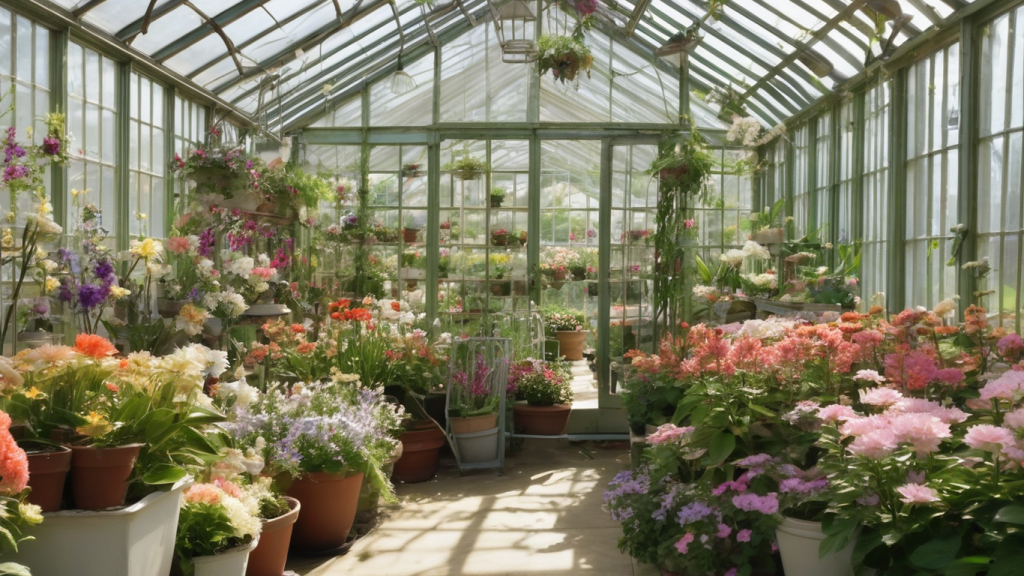
Next, you’ll want to choose the right multispan system for your needs. Look for systems that offer easy scalability, reliable support, and user-friendly interfaces. Remember, the goal is to simplify your operations, not complicate them.
Steps for a Smooth Integration Into Existing Systems
Once you’re ready to integrate, follow these steps:
- Begin with a pilot area to test the multispan system and adjust as needed.
- Gradually expand coverage, adding devices and adjusting their placement for optimal signal strength.
- Train your team on the new system to ensure they’re comfortable with the technology.
- Monitor the system closely in the early days, and be prepared to make tweaks to improve performance.
Spotlight on Success: Case Studies and Results
The proof is in the pudding, as they say. Multispan systems have been transformative for many greenhouses, bringing about significant improvements in data accuracy and operational efficiency.
Transformative Impact of Multispan Solutions in Greenhouses
One such success story comes from a large-scale tomato grower. After switching to a multispan system, they saw a 37% increase in production efficiency due to better climate control and reduced disease incidence, thanks to more reliable data.
First-Hand Accounts from Greenhouse Owners and Operators
“With multispan, we’ve seen a dramatic drop in signal-related issues. It’s like we’ve lifted a fog that we didn’t even know was there,” says a lettuce grower who made the switch.
Forging Ahead: Best Practices for Implementation and Maintenance
Adopting new technology is just the beginning. To truly revolutionize your greenhouse operations, you need to maintain your system and stay abreast of developments in the field.
Regular Maintenance to Avoid Downtime
Regular checks and updates are crucial. Just like any other piece of equipment, your multispan system requires maintenance to perform at its best. Schedule regular inspections and have a plan for replacing components as needed.
Staying Updated with the Latest IoT Developments
Finally, the world of IoT is always evolving. Stay informed about the latest advancements and be open to integrating new technologies that can further enhance your greenhouse operations.
- Subscribe to industry publications and attend webinars or conferences.
- Network with other growers to learn from their experiences.
- Consider working with IoT consultants or experts to keep your system cutting-edge.
By following these guidelines and embracing multispan IoT solutions, you’ll be well on your way to a more productive, more profitable greenhouse operation. It’s not just about keeping up with the times, it’s about setting the pace for the future of agriculture.
Future-Proof Farming: The Road Ahead for IoT in Agriculture
Looking beyond today’s technology, the future of IoT in agriculture is bright and bustling with potential. As we continue to innovate, we’ll see even more advanced solutions that will further revolutionize greenhouse technology, making it smarter, more efficient, and more responsive to the needs of plants and farmers alike.
Anticipating Advances in Agricultural IoT Communication
As technology progresses, we can anticipate significant advances in IoT communication, including the development of even more resilient and adaptive networks. These future networks will likely harness the power of artificial intelligence to predict and respond to the unique challenges faced in greenhouse environments.
Emerging Technologies and Their Potential Impact
Emerging technologies such as 5G and satellite communication promise to provide even more robust and widespread connectivity options. These technologies could enable real-time data collection and analysis on a scale never before possible, leading to unprecedented levels of control and insight into greenhouse operations.
Multispan IoT Communication Solutions to Overcoming Signal Loss (FAQ)
What is IoT and How Does it Benefit Greenhouse Farming?
IoT, or the Internet of Things, refers to the network of physical devices that collect and share data through the internet. In greenhouse farming, IoT benefits growers by providing real-time monitoring and control over environmental conditions, leading to healthier plants and more efficient resource use.
Can Multispan IoT Solutions Work in Small Greenhouses?
Yes, multispan IoT solutions are scalable and can be tailored to fit the needs of any greenhouse size. Small greenhouse operators can benefit from the same level of connectivity and data accuracy as larger operations.
How to Troubleshoot Common Issues with IoT Systems in Greenhouses?
Common issues with IoT systems in greenhouses can often be resolved by checking for signal interference, ensuring all devices are within range of the network, and confirming that all sensors are functioning correctly. Regular system updates and maintenance are also crucial for preventing problems.
Are There Any Security Concerns with IoT in Agriculture?
As with any connected technology, there are security concerns with IoT in agriculture. It’s essential to implement robust security measures, including encryption, secure password practices, and regular system updates to protect against potential cyber threats.
How to Stay Informed About the Latest IoT Solutions for Agriculture?
To stay informed about the latest IoT solutions for agriculture, consider the following:
- Follow industry news and trends through reputable online publications and forums.
- Join agricultural technology groups or associations for networking and knowledge-sharing.
- Attend trade shows and conferences focused on agricultural technology and innovation.
For example, a grower who kept abreast of the latest IoT developments was able to quickly adopt a new sensor technology, which resulted in a 15% reduction in water usage without compromising crop quality.
In conclusion, multispan IoT communication solutions represent a significant leap forward in overcoming signal loss challenges in large greenhouses. By understanding the nuances of signal interference and embracing the latest multispan technology, greenhouse operators can ensure consistent connectivity and data accuracy across their operations. With careful planning and implementation, multispan IoT systems can lead to improved crop yields, resource efficiency, and overall profitability. As the agricultural sector continues to evolve, staying informed and adaptable to emerging IoT technologies will be key to future-proofing greenhouse farming.

